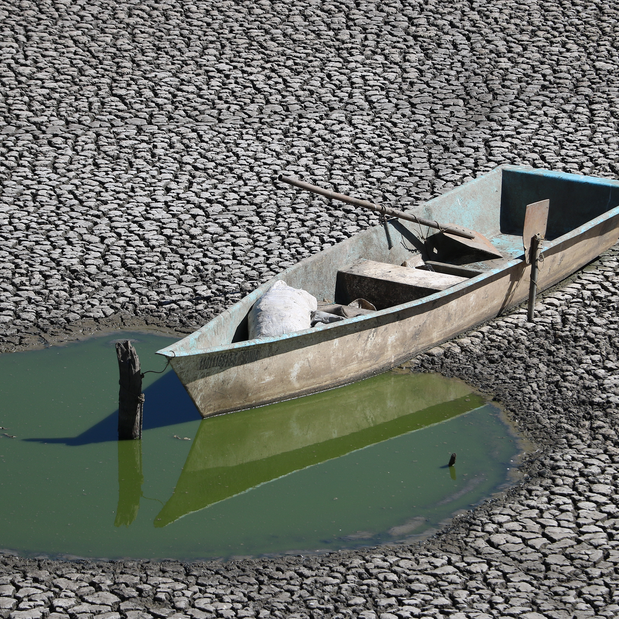Social Cost of Carbon at a Glance
A quick overview of the damages caused by greenhouse gas emissions and how to measure them.
Greenhouse gas emissions have a growing cost. Let’s get to the bottom of it.

Climate change, caused by greenhouse gas emissions, will have a serious cost to our economy.
But how do we calculate that cost? The social cost of carbon (SCC) is an estimate, in dollars, of the economic damages that result from emitting an additional ton of carbon dioxide into the atmosphere.
The SCC puts the effects of climate change into economic terms to help policymakers and other decisionmakers understand the economic impacts of decisions that would increase or decrease emissions.
How is the SCC calculated?

Step 1: Project future emissions
First, we project future emissions around the world based on population, economic growth, and other factors.

Step 2: Model future climate responses
Next, we model future climate responses, such as temperature increase and sea level rise.

Step 3: Assess economic and social impacts
Then, we assess the impacts that these climatic changes will have on economic and social outcomes like agriculture, human health, energy use, and damage to coastal infrastructure.

Step 4: Convert to present-day values
Finally, we convert future damages into their present-day values and add them up to determine total damages.
Who Uses the SCC?

The SCC informs billions of dollars of policy and investment decisions.
The SCC calculation is used in a range of decisionmaking contexts, including by the US federal government, several states, and other countries.
California, Colorado, Illinois, New York, Minnesota, and Washington State utilize the federal SCC—which draws heavily from RFF’s calculations—in their resource planning.
Outside of the United States, government agencies in Canada and Germany have adopted or adapted EPA estimates and RFF’s GIVE model.





